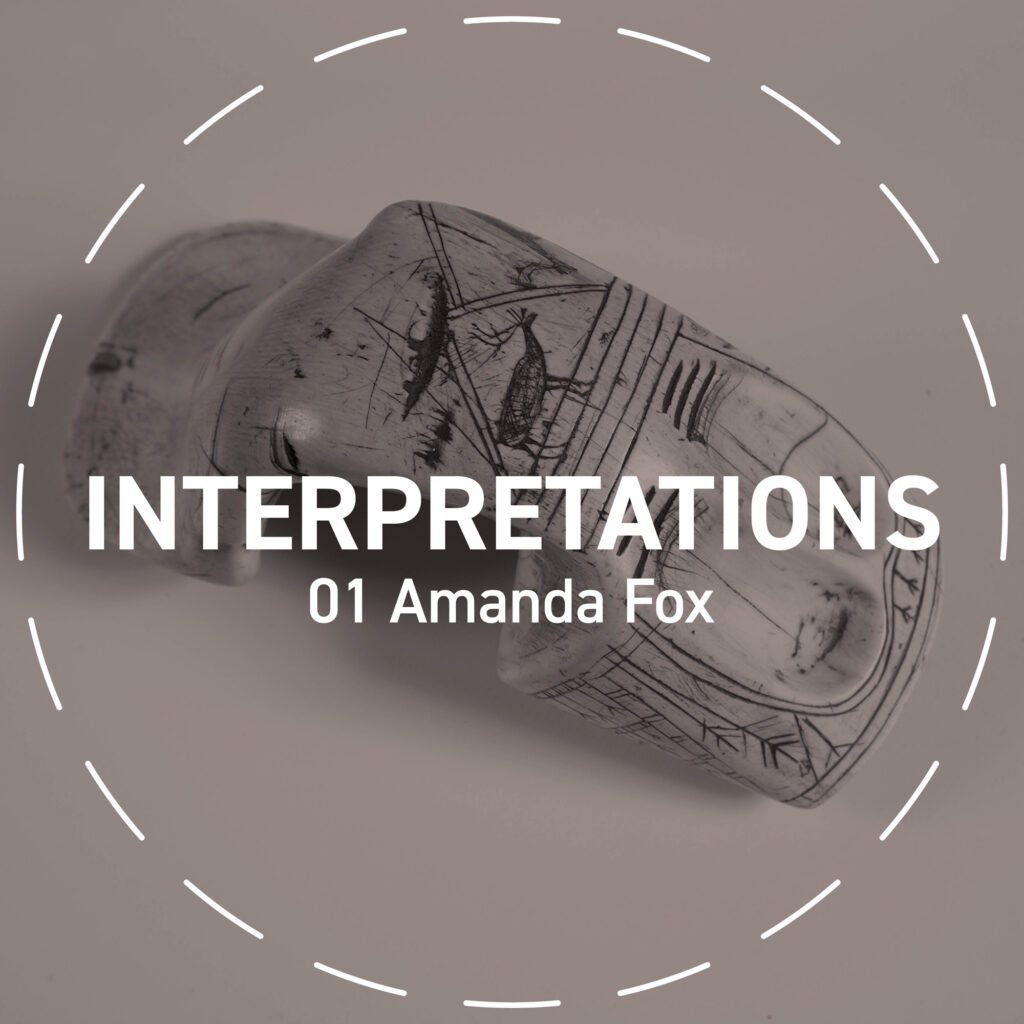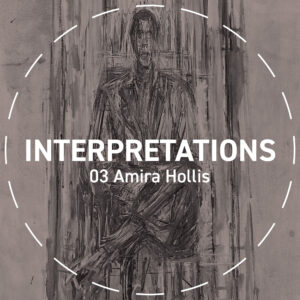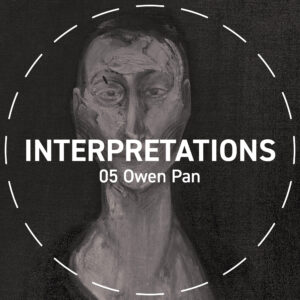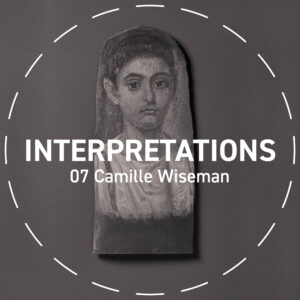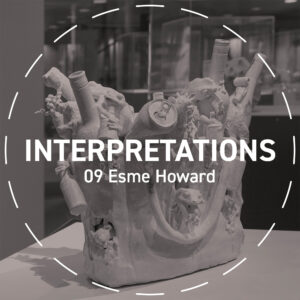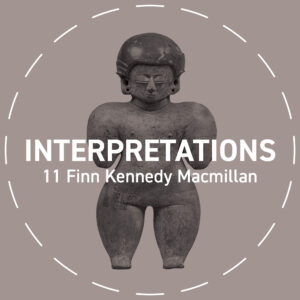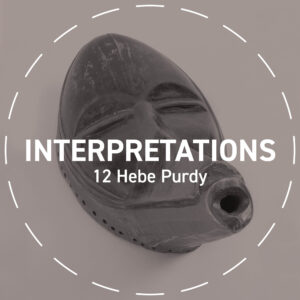Interpretations
Podcasts from the UEA student community
The way we approach art is shaped by our different personal and social experiences. In this podcast series, UEA Creative Writing students respond to an artwork or aspect of the Sainsbury Centre Collection, exploring identity, feelings, beliefs, values, interests, attitudes and lived experience.
Developed as part of their non-fiction writing module led by Dr Claire Hynes and Dr David Nowell Smith, in collaboration with the Sainsbury Centre learning team, these podcasts draw on students’ lived experience to produce creative and compelling personal responses to the Sainsbury Centre.
Amanda Fox
As I step into new worlds—university, galleries, and museums—I too feel a severing. My working-class roots appear to become more distant. But like the scraper handle can never be anything but mammoth, these origins are the stuff that I will always be made of, wherever I am located.
Amanda Fox’s podcast focusses on the Scraper Handle from Alaska, bringing together research with lived experience to reflect on themes of knowledge and belonging.

Charlotte Roberts
My first thought when I look at the painting is something along the lines of “Oh that’s interesting.” But what does this mean?
Charlotte Roberts considers what drew her to Neanderthalio by Manolo Millares.
Amira Hollis
On my final visit, I let the chair remain empty. I thought, for a moment,that I might sit forhim again, meet Diego on his terms. But something holds me back. Not fear or defiance- just a quiet understanding that the distance between us was always part of the conversation.
Amira Hollis considers how the display of the painting Diego Seated by Alberto Giacometti in the Sainsbury Centre impacts how she responds to the work.
Sasha Ouvry
But what is a painting’s subject if not to be looked at? In Head of a Woman, Bacon
confronts the viewer with this tension; the painting depicts her apparent desire not to be captured, but in doing so, immortalises her. This presents us with a dilemma: do we look on, meditating on these contradictions? Or do we look away, as she does?
Sasha Ouvry uses Laura Mulvey’s 1975 essay ‘Visual Pleasure and Narrative Cinema’ to consider Francis Bacon’s Head of a Woman and the representation of women in his paintings.
Owen Pan
There’s a moment, just before someone finishes a portrait, when everything holds its breath. A stillness. A question. Not just what they’ve painted—but who they think you are.
Owen Pan imagines Lisa Sainsbury’s experience of sitting for Francis Bacon.
Mia Robinson
Slate Bust encourages you to think about how your history weaves its way into your present.
Mia Robinson’s personal exploration of Daniel Harvey’s Slate Bust is a reflection on memory and identity.
Camille Wiseman
Meeting the gaze of a teenager from the Roman Period raised to me one key question, one thought I couldn’t dissuade the echo of. What year is it, anyway?
Camille Wiseman’s podcast uses Portrait of a boy, removed from his embalmed body to engage with ideas of time and perception.
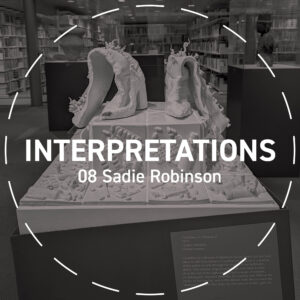
Sadie Robinson
Each time I came back to the sculpture, I found my feelings about it developing further.
Sadie Robinson spends time with Lindsay Mendick’s ceramic sculpture Conditions of a Woman II.
Esme Howard
I was observing a chaos I couldn’t comprehend, and I wasn’t walking away until I did.
Esme Howard takes a closer look at Lindsay Mendick’s Sick Bag, part of the display Hot Mess that took place at the Sainsbury Centre until April 2025.
Wralph Co
I wonder if I am so different from him, despite all the years that sit between us.
Wralph Co’s sensitive interpretation of Portrait of a boy, removed from his embalmed body draws parallels with his own experience of memory, love and loss.
Finn Kennedy Macmillan
Finn Kennedy Macmillan asks: why it is that so that many of the great traditions and civilizations which dominated and shaped the cultures of Latin America, continue to be investigated today and yet why so many other of these cultures are forgotten and lost in the rich tapestry of Latin American history?
Hebe Purdy
Its power lies not only in its material form but in its intended use—the dance, the movement, the embodiment of spirit. Silent and still in the Sainsbury Centre the mask inhabits a different kind of performance, one that brings into question its function.
Hebe Purdy reflects on how the Dan Dance mask might feel in the confines of the gallery.
